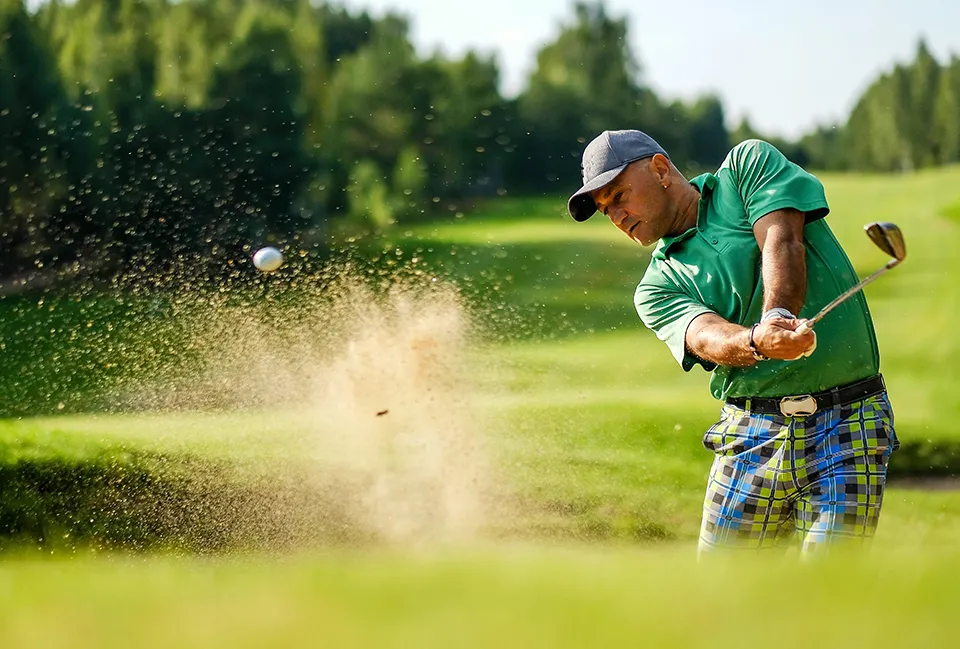The acromioclavicular (AC) joint is a small joint at the end of the collarbone. It is involved in overhead activity and stabilising the shoulder when performing pushing activity. Wear and tear in this joint is very common, however not always symptomatic. Inflammation of the AC joint can often be caused by injury, overuse or stiffness in the ball and socket of the joint.

What are the symptoms of acromioclavicular joint inflammation or arthritis?
The main symptom in this condition is pain, predominantly in overhead or pushing activities. It can also be associated with weakness in certain positions, such as reaching at distance. As a result it can lead to difficulty in performing simple day to day activities such as getting things out of high cupboards, getting dressed and chores around the home. It may also produce pain when lying on the shoulder leading to disturbed sleep.
It is frequently associated with subacromial bursitis and rotator cuff tears.
How do you diagnose AC joint inflammation or arthritis?
Diagnosis is usually made clinically, however is confirmed with plain XRs and an ultrasound scan or MRI scan, which are also used to rule out other conditions which can present in a similar manner. An injection of steroid and anaesthetic in to the joint can also be used to make the diagnosis.
Thanks for showing me such care and concern.
GA 2023
How do you treat AC joint inflammation and arthritis?
In the first instance, the use of a specific physiotherapy regimen and targeted injection of steroid and anaesthetic is commonly used.
In some cases, the symptoms may improve for a time, but then return or may not respond to non-operative measures. In these circumstances an operation may be recommended which is called an AC joint excision.
This is done as a keyhole or arthroscopic procedure where the joint is removed. It is a day case operation and typically performed under a general anaesthetic.
A subacromial decompression is also performed at the same time to remove inflammatory tissue and excess bone in the area.